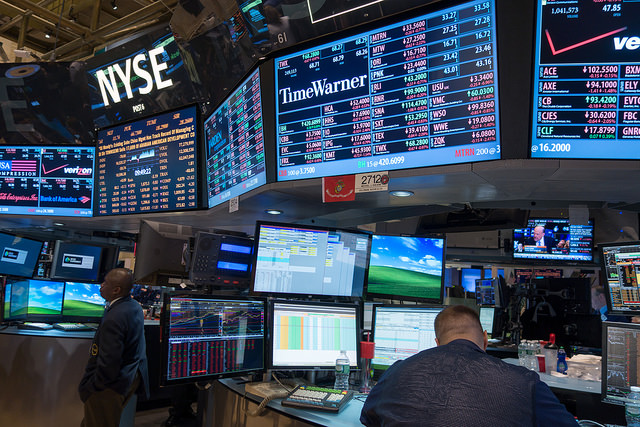Outside Chances
| For Fórmate a Fondo | 0 Comentarios

So just when the Fed had finally convinced markets that rate hikes were possible this summer, the labor market data had to go and ruin everything. The 38,000 (38k) new jobs as reported by the US Department of Labor this past Friday was clearly well below expectations, and can only be partly explained away by the strike at Verizon (which when added back would almost double the number). Everyone is dissecting the number, and looking at the details to try to understand it. But sometimes it is worth stepping back and asking: On Thursday what probability would you have assigned to the likelihood of Friday’s payroll number being below 50k?
This does not require any real expertise. The simplest way to do it would be to ask what the probability would be of any random month you select giving you a number below 50k. It turns out the answer is about one in three over the last two decades. This naive approach was dubbed the ‘outside view’ by psychologists Daniel Kahneman and Amos Tversky, because it does not rely on any information about the specific circumstance of today’s economy.
So for example, the outside view on whether it is likely to rain at least 1mm on any given day in London is 35% over the last two decades. Well that’s all very well, but surely you know it is June. OK, we can narrow down the outside view a bit to just look at days in June over the last two decades. Sure enough the probability of rain drops (but just to 30% – England has a well-deserved reputation for rain). But that does not take into account any unique information about tomorrow.
In a similar way, we can narrow down the outside view on the nonfarm payrolls to help test a hypothesis. Suppose that you want to ask yourself what the likelihood of this kind of payroll number is when the economy is still in an expansion. By ruling out all the months in and the twelve months around recessions, we can find out how likely we are to get this kind of outcome. It turns out the probability is 18% over the last decade (chart 1). So over the last five years we might reasonably have expected around eleven months with the first release of payrolls below 50k. In the event, the US was lucky: there were only three (including the most recent).
So if these low numbers are to be expected, how much should we read into a weak jobs report? Does it mean that a bounce back the next month is likely? As always, start with the outside view: how often is a low number followed by another low number (below 50k)? For the full sample it is 72%, but excluding recessions it is 41%. So experience tells us that a bounce back is marginally more likely, but by no means certain.
We can make things more sophisticated by bringing in more outside information to inform the outside view. For example, the number of people making initial claims for unemployment benefits is widely viewed by economists to lead the payrolls data and to be more reliable at identifying turning points.
So instead of conditioning on whether we are in recession, we can ask ourselves how likely it is that the payroll data will bounce back if the initial claims data has remained strong, as it has recently (fluctuation down by no more than half a standard deviation). When bad payroll data is not matched by bad initial claims data the payrolls tends to bounce back 65% of the time.
Now we can start to examine the individual circumstances, and ask ourselves whether we can add any further information. We can’t use excuses like the Verizon strike, because plenty of those past instances of low payrolls could have also been caused by strikes. One thing to consider is what is happening in the labor market overall. For example, it could be argued that slowing employment could even be a sign of a tighter labor market.
This may sound counterintuitive, but it is possible. The logic is that when there is significant slack in the labor market, all those unemployed people are happy to get work even if wages have not risen. So in chart 2, as demand for labor moves from the first to the second demand curve, employment grows a lot but wages only rise a little. So firms have all the bargaining power. However, as an economy approaches full employment the trade-off becomes less favourable for businesses. For the same increase in demand (the second to the third curve), businesses now need to pay higher wages to lure those now scarce additional workers to sign a contract with them. Businesses get fewer employees but have to pay more.
Not every economist would agree with this characterization (no surprise there), but the point is that this is approximately the model that central bankers have used for decades. And to the hawks, it tells them that if the economy is growing at the same speed, eventually you should have slower job growth and higher wages. And that means that the Fed should have to hike rates.
Of course, if the nonfarm payroll data continues to worsen then the hawks need to consider some other outside views. In the last twenty years, when the first release of nonfarm payrolls has been below 50k for four months in a row it has signalled a recession half of the time.
Joshua McCallum is Head of Fixed Income Economics UBS Asset Management.




















